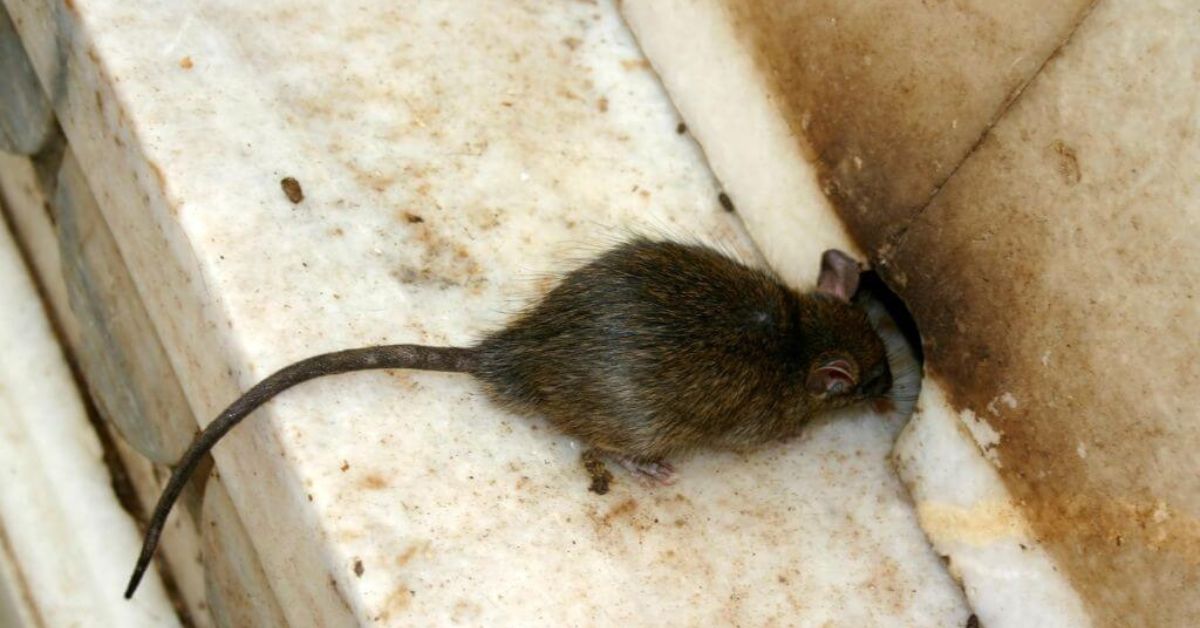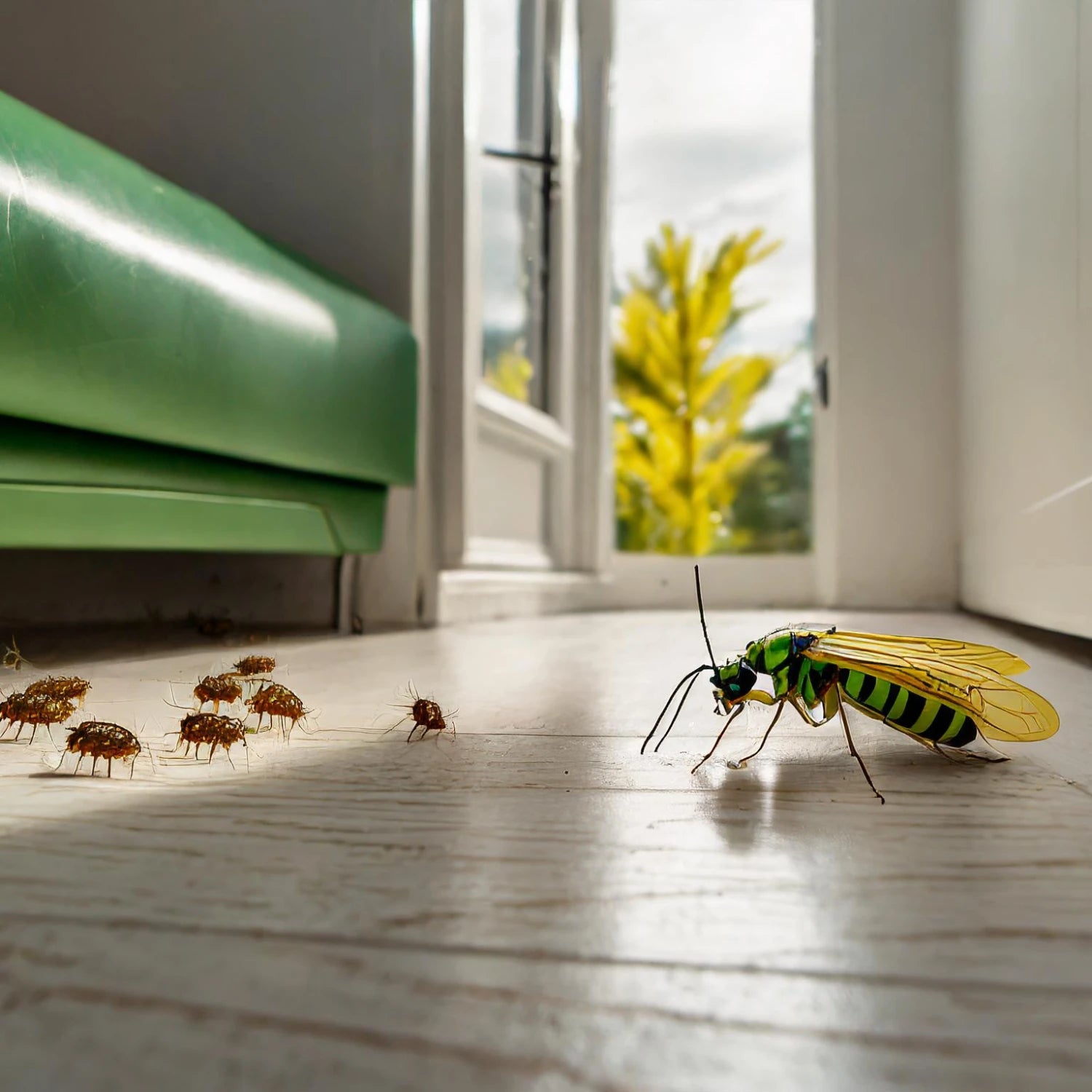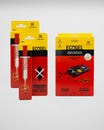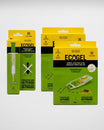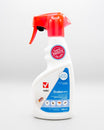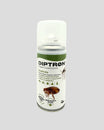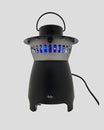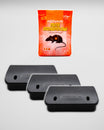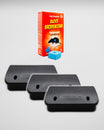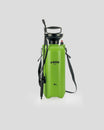1 Identification
Start by confirming that it is indeed a rat problem and not another pest. Look for signs of their presence, such as small excrement, grease stains on the walls, chewed wires or food or scratching noises on the walls. Then, discard any food with signs of gnawing as rat saliva contains bacteria that are harmful to humans.
2 Traps
Use mousetraps to capture and eliminate rodents. There are different types of traps such as: snap traps,sticky traps, It is baited mousetraps. Place the traps in areas with signs of rat activity, such as near holes or along walls.
3 Rat poison
Poisonous baits may be an option, but should be used with caution if there are pets or children in the home. If you decide to use poison, carefully follow the product instructions and place it in places inaccessible to other animals and people. To avoid contact with the poison and protection, we recommend the use of bait stations.
4 Cover holes and cracks
Inspect the area for possible rat entry points, such as cracks in walls, gaps in pipes, openings in doors and windows, and make sure to seal them properly.
5 Cleaning
Maintain good hygiene in your home, as rats are attracted to food and leftover food. Store food in airtight containers, clean up spills immediately, sweep and vacuum regularly, and avoid clutter.
6 Natural Repellents
Some natural substances, such as peppermint, camphor or mothballs, can help keep mice away. Place these substances in areas prone to rat activity.
7 Continuos process
Remember that prevention is essential for prevent future house mouse infestations. Keep the house clean, seal possible entry points and store food properly to avoid attracting these rodents.
